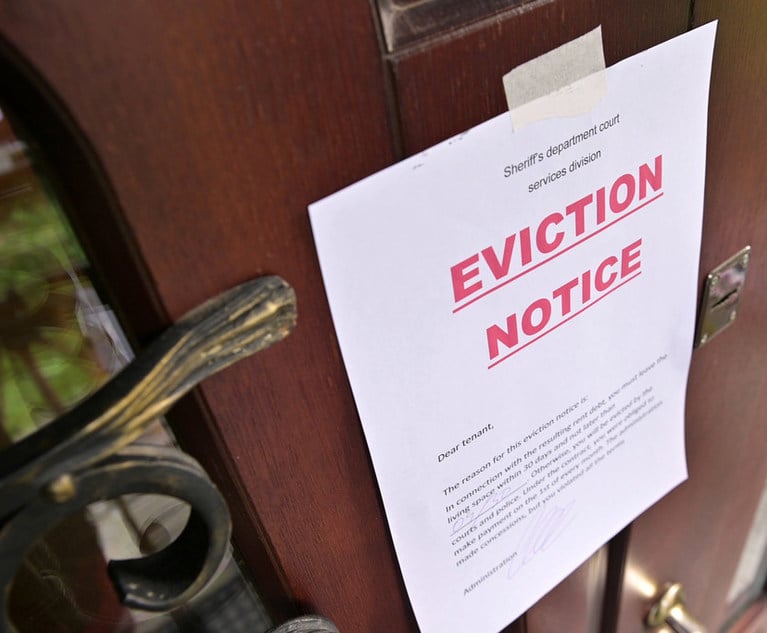As mentioned in Part I, this article examines the “knock-on effects” that are now being felt in several sectors of New York’s law and business community which are the result of the persistently unsettled state of the City’s rent overcharge regime. This second of three parts is concerned with those effects which a decade’s worth of abrupt Court of Appeals reversals of settled appellate court precedent has wrought on the residential real estate management industry.
Roberts v. Tishman Speyer Props., L.P. (13 NY3d 270 [2009]) and its progeny have affected real property management lawyers in at least two concrete ways. The first is that in-house counsel are now obliged to become familiar with the arcane provisions of the “J-51 program” and all of the other real estate tax abatement programs which require residential apartment buildings to be registered as rent stabilized for the duration of their participation in the programs.


 Apartment buildings in New York City. (Photo: Victor J. Blue/Bloomberg)
Apartment buildings in New York City. (Photo: Victor J. Blue/Bloomberg)




